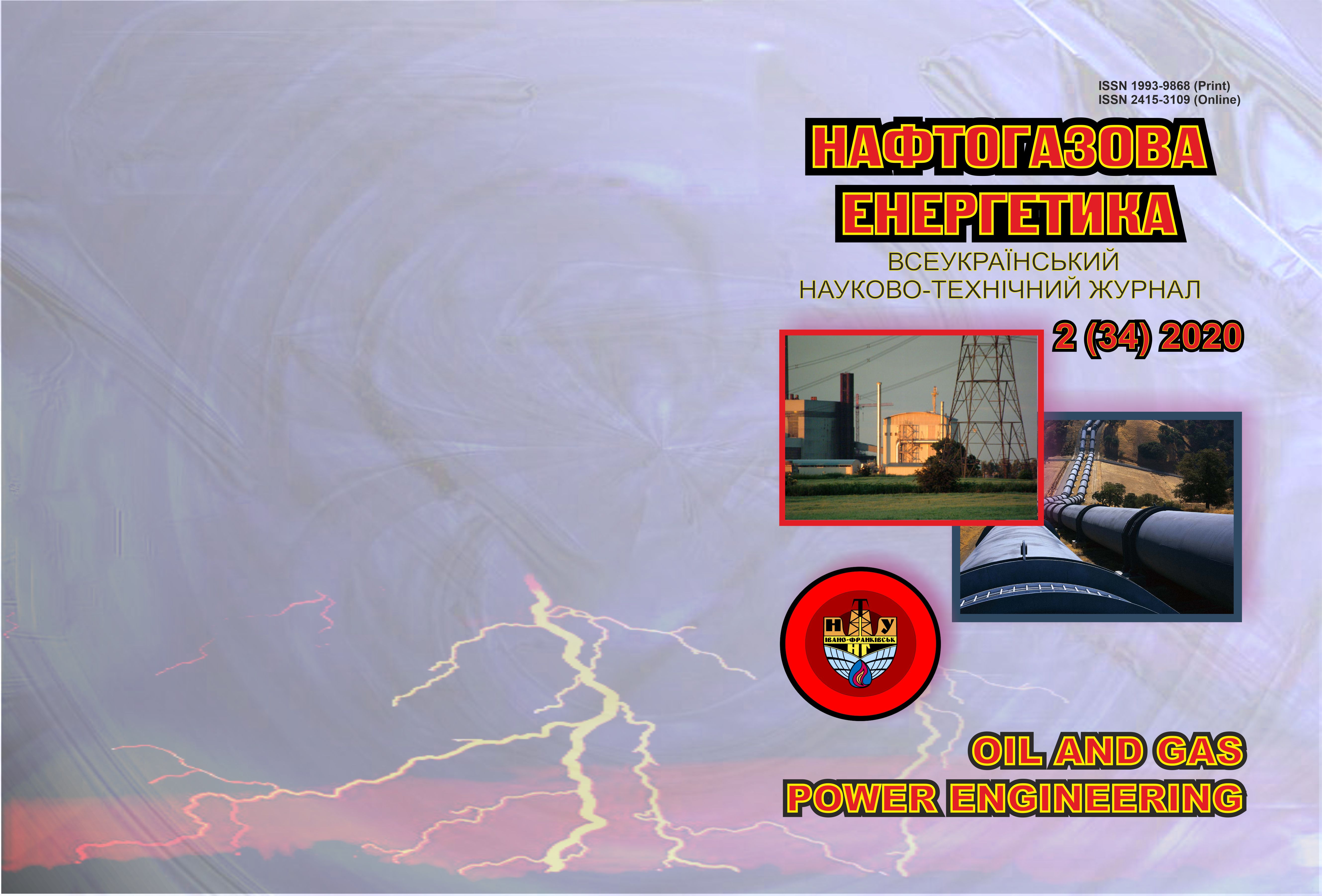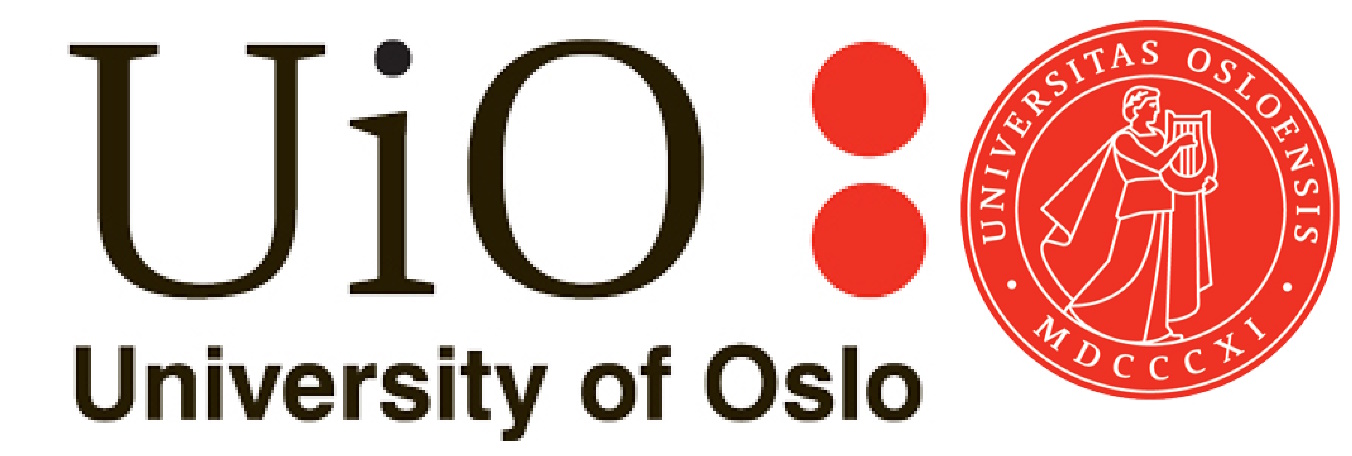Analysis of the stress-deformed state of pipelines during plunging
DOI:
https://doi.org/10.31471/1993-9868-2020-2(34)-56-66Keywords:
pipeline, plunging, tension, strength, depth.Abstract
Recently, there has been a need to carry out work on deepening the pipeline (plunging) in some areas, where the depth of pipeline location was found to be inconsistent with the relevant standards. That is, pipelines during operation can be partially opened as a result of soil erosion, and they also tend to lose stability as a result of various factors (pressure, temperature, soil water content, etc.) and rise up (float). Also, the facts of laying pipelines in the process of their construction not to the design marks are known, due to the "low" construction conduct, that is, when the pipeline in some sections was in a trench, the depth of which did not correspond to the project. Further operation of such pipelines may be under the threat of the pipeline coming to the surface and mechanical damage to the insulation and the pipe body. Therefore, to ensure reliable operation of the pipeline, which has got raised sections, it is necessary to lower these sections to the design marks. To do this, it is necessary to develop equipment
and technology for repair work of this type. Therefore, the article considers two options for post-trenching
pipelines: lowering under its own weight without supporting and lowering with the maintenance of the pipeline by a supporting machine. For both methods of plunging, the stress-strain state of the pipeline was simulated during its lowering to the design level on the created mathematical model. An algorithm for calculating the geometric parameters of work performance, determining the stress state and checking the strength of the pipeline has been proposed.
Downloads
References
Stroitelnyie normyi i pravila: SNiP 2.05.06-85 Magistralnyie truboprovodyi: normativno-tehnicheskiy material. M.: TsITP Gosstroya SSSR, 1988. 52 p. [in Russian]
Stroitelnyie normyi i pravila: SNiP Sh-42-80* Pravila proizvodstva i priemki rabot. Magistralnyie truboprovodyi : normativno-tehnicheskiy material. M.: Stroyizdat, 1985. 80 p. [in Russian]
Gregory C. Sarvanisa, Spyros A. Karamanos Analytical model for the strain analysis of continuous buried pipelines in geohazard areas. Engineering Structures. Vol. 152, 1 December 2017, P. 57-69.
Gumerov A. G., Azmetov H. A., Gumerov R. S Tehnicheskaya ekspluatatsiya podvodnyih perehodov truboprovodov / Pod obsch. red. A. G. Gumerova. M.: Nedra, 2003. 299 p. [in Russian]
Filatov A.A., Nikonenko A.D., Veliyulin I.I., Polyakov V.A., Aleksandrov D.V., Veliyulin E.I. Formirovanie napryazhenno-deformiro-vannogo sostoyaniya truboprovoda podvodnogo perehoda MG na etapah remonta metodom "podsadki". Gazovaya promyshlennost. 2015. T. 2 (724). P. 6-9. [in Russian]
Instruktsiya po tehnologicheskomu protsessu kapitalnogo remonta podvodnyih nefteprovodov metodom podsadki na gruntah I-III kategorii s ispolzovaniem suschestvuyuschih tehnicheskih sredstv : RD 39-0147103-358-89. Ufa : VNIISPTneft, 1991. [in Russian]
Tehnologiya remonta truboprovodov v mestah nedostatochnoy glubinyi zaleganiya. Metodika rascheta tehnologicheskih parametrov zaglubleniya truboprovodov: RD-75.200.00-KTN-015-09. M.: OAO «VNIIST», 2009. [in Russian]
Pravila kapitalnogo remonta magistralnyih nefteprovodov: RD 39-00147105-015-98. Ufa : IPTER, 1998. [in Russian]
Spiridenok L. M., Kiselev D. A., Grinevich A. A. Analiz sposobov vosstanovleniya normati-vnoy glubinyi zaleganiya magistralnyih trubo-provodov. Vestnik Polotskogo gosudarstvennogo universiteta. Seriya F, Stroitelstvo. Prikladnyie nauki. 2016. No 8. P. 114 [in Russian]
Instruktsiya na tehnologicheskiy protsess kapitalnogo remonta nefteprovodov s zamenoy izolyatsionnogo pokryitiya i odnovremennyim zaglubleniem putem pereukladki v novuyu transheyu. Ufa: VNIISPTneft, 1989. [in Russian]
Zapuhlyak V. B., Melnichenko Yu. G., Kuz A. R.. Problemyi opuskaniya deystvuyu-schego truboprovoda na proektnuyu otmetku pri remonte: Materialy XI mezhdunarodnoy uchebno-nauchno-prakticheskoy konferentsii “Truboprovodnyiy transport – 2016”. Ufa. 2016. P. 244. [in Russian]
Tipovyie raschetyi pri sooruzhenii i remonte gazonefteprovodov: Uchebnoe posobie / L. I. Byikov, F. M. Mustafin, S. K. Rafikov [i dr.]. Sankt-Peterburg: Nedra, 2006. 824 p. [in Russian]
Sooruzhenie i remont gazonefteprovodov: uchebnik dlya vuzov / [V. L. Berezin, N. V. Bobritskiy, P.P. Borodavkin i dr.]. M. : Nedra, 1972. 352 p. [in Russian]
Pysarenko H. S., Kvitka O. L., Umanskyi E. S. Opir materialiv: pidruchnyk / Za red. H. S. Pysarenka. K. : Vyshcha shkola, 2004. 655 p. [in Ukrainian]
Downloads
Published
How to Cite
Issue
Section
License
Copyright (c) 2020 Oil and Gas Power Engineering

This work is licensed under a Creative Commons Attribution-ShareAlike 4.0 International License.


.png)






1.png)









